I really enjoy writing my villains. I can channel my dark side and it helps me think about character motivation far more than I do for the protagonist.
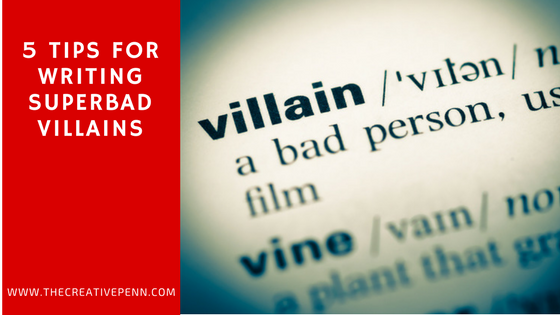 Because the villain is the hero of their own story, and their reasons for destroying the world (in my books) needs to be convincing.
Because the villain is the hero of their own story, and their reasons for destroying the world (in my books) needs to be convincing.
In today's article, Sacha Black gives some tips on how to write a convincing villain.
Writers have a habit of worshipping their heroes. I know I do. It tends to be the first character we create when we start a new project, and that’s for a reason; our hero saves the day, and usually, that’s who the story is about.
But without Lex Luthor or General Zod causing chaos for Metropolis, there would be no need for Superman to save the day.
Bad guys, villains, gangsters, warlords, vigilantes, and anti-heroes create conflict. Which is why we need to bust the myth that your hero is the most important character in your novel. He isn’t. Your villain is.
But that gives writers a problem because villains are usually seen through the eyes of your hero, which means they don’t get much page time. That makes it harder to give a villain the depth they need to convince your reader they’re credible. Here are 5 quick steps to create kick-ass villains.
1. Understand Their Why
Some people use character interviews or sheets to develop their villain; others wing it as they go. Both ways work. But the one vital piece of information you do need to know is – why your villain is doing what he’s doing.
We all do things for a reason, often because of an amalgamation of experiences in our past. It’s the big events, the things that wound us for instance, losing the love of your life, or not making it to your parent’s deathbed.
Those events shape our brains and the way we see the world and ultimately, they become the source of the decisions we make. All of a sudden, rational thought leaves a villain and doing something immoral or unjust is perfectly valid because that’s what experience has taught them.
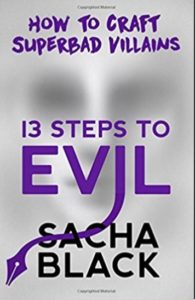 The Lion King is a great example of this. The King, Mufasa, has a brother called Scar who grew up in his shadow, always second best. As a result, Scar becomes bitter and jealous. In his mind, he deserves the crown. Therefore, anything he does to get it is fair. His jealousy is the reason why there’s conflict, and that conflict over the crown drives the plot.
The Lion King is a great example of this. The King, Mufasa, has a brother called Scar who grew up in his shadow, always second best. As a result, Scar becomes bitter and jealous. In his mind, he deserves the crown. Therefore, anything he does to get it is fair. His jealousy is the reason why there’s conflict, and that conflict over the crown drives the plot.
2. Motive and Goal
Motives and goals are closely linked:
The goal is what a villain wants e.g. a throne or a squillion dollars.
The motive is the reason why he wants it e.g. he thinks he deserves the throne or wants to be rich.
Motive is the foundation of your story because:
No motive means no conflict, and no conflict means no story.
If your villain doesn’t have a motive, neither does your hero. Put it this way:
You’ve identified your villain’s ‘why,’ the source of their behavior. Add that to a motive – revenge or a warped view of justice, and that gives you the action your villain takes to reach his goal. Which leads to your hero’s reaction saving the day. Simply,
Why + Motive = Villain Action
Therefore, Villain Action = Hero Reaction
3. Make the Conflict Specific
When it comes to conflict, you can't be broad. Half measures won't work. That's like going into a bar on a Friday night and ordering half a shot of tequila. No one does that unless they're cheap, or a chicken. You're just short-changing yourself a Saturday morning hangover. While no one wants an ethanol-induced hangover, readers do want a book hangover.
To give a reader what they want, the conflict has to be full of drama to suck a reader in.
The best way to do that is to create conflict that’s specific and targeted so that the hero and villain both invest in fighting each other.
For example, if a wild-eyed science genius is considering releasing a plague, but your friend’s sister-in-law’s cousin said it might only effect ostriches, then no one’s going to get out of bed to save the world. Be specific and link the conflict to your hero/villain's goals.
Scar wants his brother’s, crown, so everything he does is targeted straight at his brother and his son.
4. Know Your Cliché From Your Trope
There’s a big difference between a cliché and a trope. A cliché is old and tired, it’s been done to death, and when you read or watch a cliché, it makes you cringe. Like a lawyer shouting ‘objection’ in the courtroom or the lover arriving at a marriage ceremony right as the priest says ‘does anyone object?’
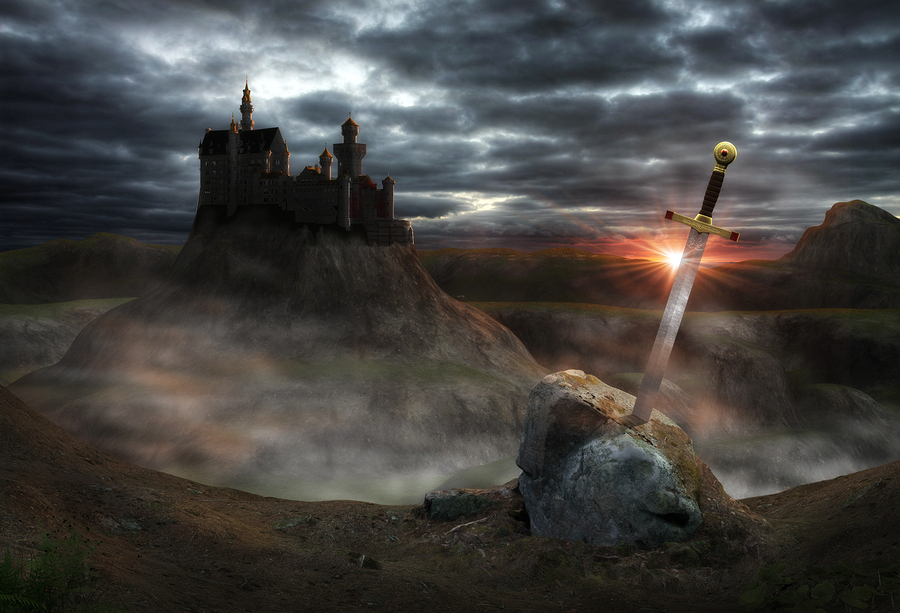 For a villain, clichés could be a witch with a cackle and a wart on her nose, or a bad guy dressed head to toe in black, sipping on red wine with an oil painting portrait hanging above a roaring fire. Get the picture? Good.
For a villain, clichés could be a witch with a cackle and a wart on her nose, or a bad guy dressed head to toe in black, sipping on red wine with an oil painting portrait hanging above a roaring fire. Get the picture? Good.
Clichés are pesky little irritants; they sneak into our stories without us realizing. The important thing is for you to eliminate them regularly.
Tropes, however, are very different. Your novel needs tropes like your body needs oxygen, desperately, and on a permanent basis!
A trope is a pattern. Like a theme or concept that’s found embedded in particular genres. The difference is, a trope can be used time and again.
For example, in fantasy, there might be a magic sword, or ‘the chosen one’ character who is the only one that can save the day. In crime, it could be a maverick detective whose underhand tactics save the day.
The best way to nail down the tropes from the clichés is to read and watch everything you can in your genre. Do it obsessively and jot down the patterns that keep arising.
5. Make Your Villain Unbeatable
Nobody likes a hero who gets it easy. You know the ones – the guys that always land on their feet and defeat the villain with a mere waft of their shapely biceps. It’s boring because it’s unrealistic. Life isn’t like that so your story shouldn’t be either.
Readers want to relate to your hero. That means he needs to work hard for his win. He needs to defeat a huge villain shaped barrier that seems, for 85% of your novel, like it’s totally insurmountable.
How do you make the villain seem undefeatable?
Make your villain an expert at something – if your villain is an expert in amassing huge armies, your hero is going to struggle to gather a rabble of misfits big enough to defeat him.
Inextricably link to your hero’s character arc to your villain-barrier. Think Thor from the Marvel universe movies. Thor was so arrogant and selfish his father cursed his magical hammer (the hammer that can defeat the villain) until he can change and prove himself worthy of the power the hammer wields.
Your Villain Matters
Remember, your villain needs as much love as your hero does. If you accept that, and devote as much time to shaping your villain as you do your hero, your story conflict, pace and tension will be much better for it.
How superbad are your villains? Please leave your thoughts below and join the conversation.
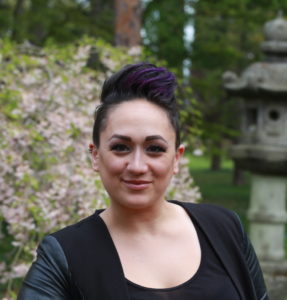 Sacha Black writes books about people with magical powers and other books about the art of writing. She lives in Hertfordshire, England, with her wife and genius, giant of a son.
Sacha Black writes books about people with magical powers and other books about the art of writing. She lives in Hertfordshire, England, with her wife and genius, giant of a son.
You can get more tips, tricks and a step by step guide to creating superbad villains in 13 Steps To Evil, out now. If you’d like a free 17-page cheat sheet, to help you quickly master your bad guy, you can find out more here.
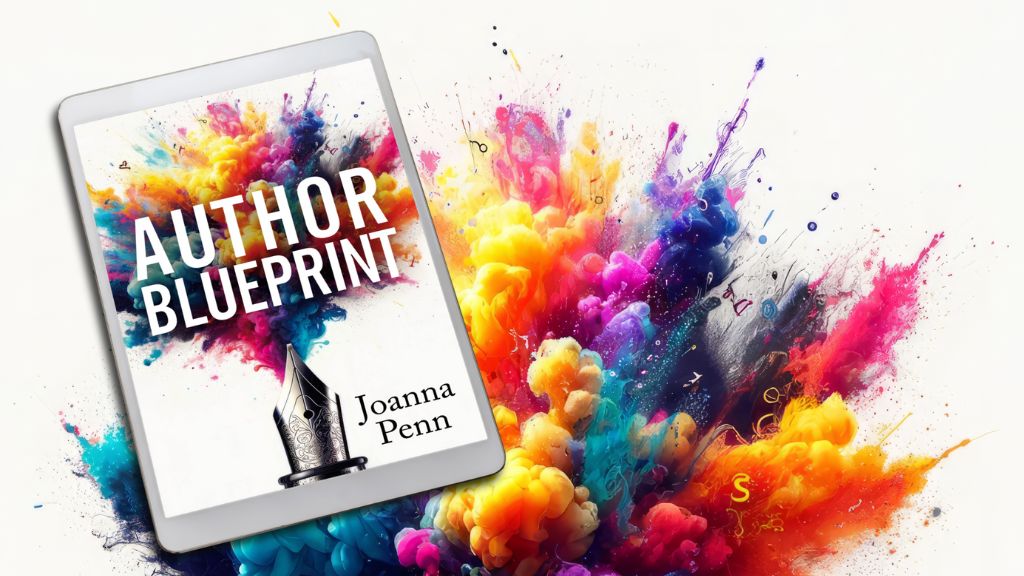
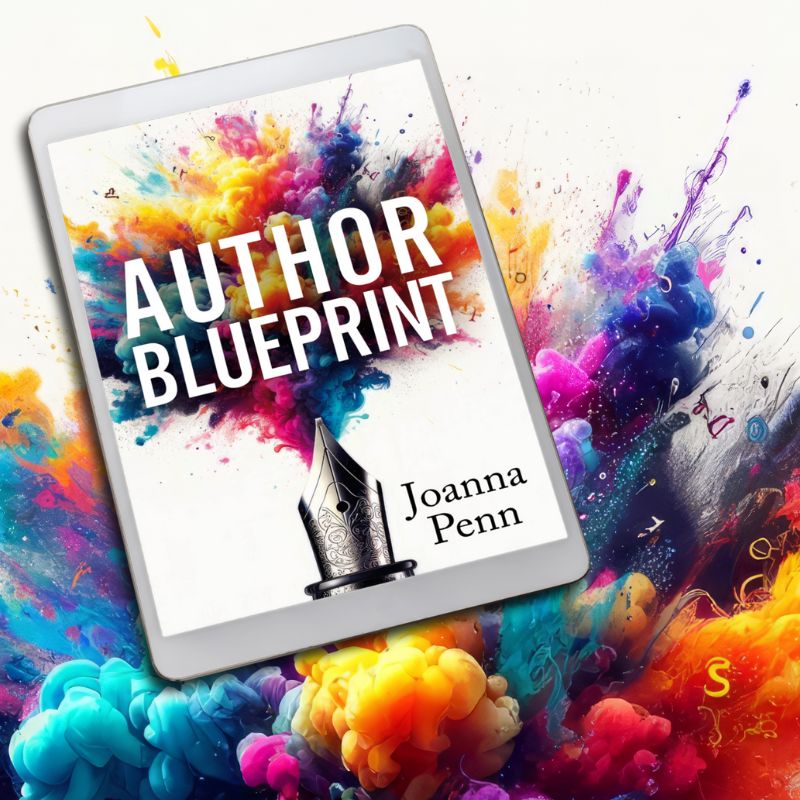
#1 is super important. These are great tips! I love writing a sympathetic villain who also ends up being the one readers root for. I think the complexity of villain identity is fascinating. Who decides who is a villain? It makes me think of the musical Wicked – what is wicked and how do we define it?
Thanks Holly, glad you agree. I love that musical, I think Wicked is actually an anti-hero though? Because she does the right thing in the end?
Excellent tips! I have a villain I love and he has a strong motivation for everything he does. Your tips will just help me add even more depth to him. Thanks for sharing.
Thanks, Terri, appreciate you reading and leaving a comment. I hope they do help 🙂
Great post, Sacha! I have read your book, and I think it’s going to be a classic in every author’s writing toolbox. ?
Ahh thank you so much, Ali. That’s such a lovely thing to say <3
Hi sascha, I’m writing a novel, and my villain is sounding more stubborn then evil, how do I fix that?
dear noemi,
a villian doesnt have to be evil, theyu can be stubborn. but if you want you villian to be more evil, have her threaten to kill her oun folowers for what she wants. that makes it real just how much she wants her motive.
I realy want my readers to hate my villian, but i feel like i cant make him bad enough, and it’s not realistic. any tips?
p.s.
my main characyer is a teenager and the villian is not human.